|
Week 14 Dr. Hazrati held the lecture to wrap up the class as we already in week 14. These were to recall all the topics that, we had learned in each week for the whole semester. While, we also can recall back all the information that we had learned in each week so that it will be easier for us to answer our examination paper. While, she also gave a little tips to us pertaining to the topics that we need to read and study for our examination. Other than that, I would like to take this opportunity to thank you to all of our lecturers, especially Dr Fariza Khalid for giving us a lot of information, knowledge, lesson and teaching us for our tutorial class throughout this whole semester. We had learned many things especially about the usage of technology that will only get in this subject, which is Innovation and Technology in Teaching and Learning. Not to forget, thank you to all classmates and my friends Ayuni and Hanisah who being supportive and always be with me whenever I need the most.
0 Comments
Week 13
We learned about web 2.0 in week 13. As we all know, web 2.0 tools comes since 2006. Therefore, in 1996 web 1.0 was the first who been introduced before the existence of web 2.0. Web 2.0 is the name used to the described the second generation of the World Wide Web, where it moved static HTML pages to a more interactive and dynamic web experience. Web 2.0 is focused on the ability for people to collaborate and share information online via social media, blogging and Web-based communities. Web 2.0 signaled a change in which the World Wide Web became an interactive experience between users and Web publishers, rather than the one-way conversation that had previously existed. It also represents a more populist version of the Web, where new tools made it possible for nearly anyone to contribute, regardless of their technical knowledge. The meaning of the term Web 2.0 has evolved over time, but it has come include social media as a major component. Web 2.0 was well established, and companies such as Google made huge strides to integrate information online. For example, a website that reviews restaurants may use social media, user-generated content, photographs from Flickr, Google maps, and content from around the web to create a more complete user experience. Web 2.0 tools are tools of technology that allow teachers and students alike to create, collaborate, edit and share content on-line that is user-generated. These can include tools for presentation, research, collaboration, audio, video, slideshow, images, music, drawing, writing, organizing, mapping, quiz and test generation, file storage and web pages, and tools for graphing and conversion. New tools are being developed all the time, so it is important to be informed about the newest trends in education in order to keep up with the technology that surrounds the lives of your students. In conclusion, using technology in your classroom can have many benefits for you as a teacher by supporting your teaching goals and increasing the learning capabilities of your students. While, teacher expose students to the usage of technology skill and enlarge their knowledge to different kind of web 2.0 tools to implement in education learning. Week 12
In week 12, we learned about media evaluation process in the lecture hall. Media evaluation is an essential methodology to track the effectiveness of the ad campaign. It is very important to make sure the strategy that we have made in order to know if the ad campaign designed with certain goals and objectives has been able to do its tasks efficiently or not. The media evaluation forms an important part of the plan follow up. We discuss in brief the evaluation process that should be followed to monitor the success of the media plan. Other than that, evaluating and assessing the suitability and effectiveness of a form of media. for example,radio, television etc. Media evaluation is the analysis of media content, rating its exposure utilizing various established criteria, frequently including tonal value and the existence of key messages. It is considered by businesses to be one of the most accelerating vehicles of mass communications research. Media evaluation process is very important in order to determine what the student is able to see and how he or she is using his or her vision. In addition, with the process of media evaluation, easier for us to look which medium that is suitable to use in teaching and learning with the students. For example, it can guide teacher to make a decision about the best instructional medium for a given student, such as braille, print, dual media, auditory, tactile or some combination. In conclusion, from the explanation above, we know what the importance of media evaluation process is. Whether the goals and objective of that one media already achieve as what it should be and make other people such as teacher to choose suitable medium in order to use in their teaching and learning with the students. Week 11 Dr. Siti Fatimah gave a lecture about instructional design of TPACK in week 11. TPACK stands for Technological Pedagogical Content Knowledge. It is a theory that was developed to explain the set of knowledge that teachers need to teach their students a subject, teach effectively, and use technology. According to the TPACK framework, specific technological tools (hardware, software, applications, associated information literacy practices, etc. are best used to instruct and guide students toward a better, more robust understanding of the subject matter. The three types of knowledge TK, PK, and CK are combined and recombined in various ways within the TPACK framework. Technological pedagogical knowledge (TPK) describes relationships and interactions between technological tools and specific pedagogical practices, while pedagogical content knowledge (PCK) describes the same between pedagogical practices and specific learning objectives; finally, technological content knowledge (TCK) describes relationships and intersections among technologies and learning objectives. These triangulated areas then constitute TPACK, which considers the relationships among all three areas and acknowledges that educators are acting within this complex space. Any effective implementation of technology in the classroom requires acknowledgment of the dynamic, transactional relationship among content, pedagogy, and the incoming technology – all within the unique contexts of different schools, classrooms, and cultures. Factors such as the individual educator, the specific grade level, the class demographics, and more will mean that every situation will demand a slightly different approach to edtech integration. No one monolithic combination of content, pedagogy, and edtech will be applicable for every setting and TPACK leaves room for researchers and practitioners to adapt its framework to different circumstances. Finally, we as a teacher need to be updated with different kind of learning styles to approach the students as their era are more to the usage of technology and ICT. By that, teacher need to prepared their mental and physical to adapt with different kind of styles according to student needs. Week 10
In week 10, we learn about the learning theories. There are four learning theories that we need to know which are behaviourism, cognitivism, constructivism and connectivism. More, learning is a process that form in a shaped those four theories. As for behavioural learning theory outlines a model of how people learn from their experience, much of our behavioural responses being conditioned by events from our background and early experience. We learn from our daily experience, encounters of new situations, responding in the ways we think best suit the occasion and accumulating knowledge of the likely consequences to our behaviour. We also learn directly from formal learning situations. Behaviourism is a theory of learning focusing on observable behaviours and discounting any mental activity. Furthermore, cognitive learning theory is a broad theory that explains thinking and differing mental processes and how they are influenced by internal and external factors in order to produce learning in individuals. When cognitive processes are working normally then acquisition and storage of knowledge works well, but when these cognitive processes are ineffective, learning delays and difficulties can be seen. Moreover, Constructivism learning theory is a philosophy, which enhances students' logical and conceptual growth. The underlying concept within the constructivism learning theory is the role, which experiences-or connections with the adjoining atmosphere-play in student education. The constructivism learning theory will allow children to, at an early age or a late age, develop the skills and confidence to analyse the world around them, create solutions or support for developing issues, and then justify their words and actions. While encouraging those around them to do the same and respecting the differences in opinions for the contributions that they can make to the whole of the situation. In addition, connectivism is a learning theory that explains how Internet technologies have created new opportunities for people to learn and share information across the World Wide Web and among themselves. These technologies include Web browsers, email, wikis, online discussion forums, social networks, YouTube, and any other tool, which enables the users to learn and share information with other people. A key feature of connectivism is that much learning can happen across peer networks that take place online. In connectivist learning, a teacher will guide students to information and answer key questions as needed, in order to support students learning and sharing on their own. Students are also encouraged to seek out information on their own online and express what they find. A connected community around this shared information often results. Conclusion, teacher need to understand their students’ behaviour by using those four theories as everyone have different personality. While, teacher need to make sure that there are two ways communication between teacher and student. So that they will achieve an effective and meaningful learning. Week 9
In week 9, both lecture and tutorial class were cancelled. By that, Dr. Fariza had assigned one task for us to do in MOOC, which is prototype learning. Prototype is a system analyst and users generally use a prototype to evaluate a new design to enhance precision. Prototyping serves to provide specifications for a real, working system rather than a theoretical one. As we can see that prototype is very relevant to use in teaching and learning, as there will be an evaluation for teacher to evaluate their students’ performance. As, teachers will face the task of evaluating appropriate software to aid the learning process. These is to achieve the effectiveness in teaching and learning process A prototype is an average or best exemplar of a category, or concept. Prototypes provide a concise representation for an entire group of entities, providing means to anticipate hidden properties and interact with novel stimuli based on their similarity to prototypical members of their group. A prototype learning system is a system of cognitive processes together with their underlying neural structures that enables one to learn a category prototype from a set of exemplars. A prototype can be in the following forms paper, 3D printing, digital, small model or limited usage product. These prototypes can fall into one of the following area functional, display or a small model. The functional prototype focus on the functions and not on the looks. The display prototype focuses on the looks and not so much on the function. The small model combines both and is a smaller version of the final product. They type of prototype to develop must be decided based on the intended purpose of the prototype, the medium of use and the expected longevity of the prototype. Week 8
Today’s lecture we learned about cipher. It was very exciting to learn something new and different from any other knowledge. Therefore, the topic is quite hard for me to understand because it can make us confuse on how to use cipher. In addition, exercises would be helpful to enhance our knowledge about cipher. Even if the topic is quite hard but it can be, understand by getting help from friends, explanation and guidance from teacher. In cryptography, a cipher is an algorithm for performing encryption or decryption, a series of well-defined steps that can be followed as a procedure. An alternative, less common term is encipherment. To encipher or encode is to convert information into cipher or code. In common parlance, "cipher" is synonymous with "code", as they are both a set of steps that encrypt a message; however, the concepts are distinct in cryptography, especially classical cryptography. Codes generally substitute different length strings of character in the output, while ciphers generally substitute the same number of characters as are input. There are exceptions and some cipher systems may use slightly more, or fewer, characters when output versus the number that were input. Last but not least, one of the benefit that we can get by using cipher in classroom is students can experiment with these topics, see them in action, and obtain a better understanding that would be possible from a theoretical discussion alone Week 7
The lesson for this week is augmented reality with Dr. Fariza Khalid in lecture session. I believe everyone still wondering and curious what augmented reality is. First, Augmented reality, commonly abbreviated "AR," is computer-generated content overlaid on a real world environment. AR hardware comes in many forms, including devices that you can carry, such as handheld displays, and devices you wear, such as headsets, and glasses. Common applications of AR technology include video games, television, and personal navigation, though there are many other uses as well. Furthermore, Pokémon Go is a popular video game that uses augmented reality. The app, which runs on iOS and Android devices, uses your smartphone's GPS signal to detect your location. As you walk around, your avatar is overlaid on a real-world map, along with in-game content, such as Pokéstops, gyms, and Pokemon that appear. When you attempt to catch a Pokémon, it shows up with a real-word background created by your smartphone's camera. The camera can be turned on or off using the "AR" toggle switch. In addition, we can see how useful AR in our life as it also can be applied in education as it gives many benefits to student and teacher. Augmented reality in education will soon affect the conventional learning process. AR has the potential to change the location and timing of studying, to introduce new and additional ways and methods. Capabilities of Augmented Reality technology may make classes more engaging and information more apprehendable. Ability to connect reality and digital content has been steadily improving, opening more options for teachers and students. Augmented reality animated content in classroom lessons could catch students’ attention in our dynamic day and age, as well as motivate them to study. Adding extra data would give students a wider understanding of topics. More, AR technology has an ability to render objects that are hard to imagine and turn them into 3D models, thus making it easier to grasp the abstract and difficult content. This is especially good for visual learners and practically anyone to translate theoretical material into a real concept. Finally, as a future teacher I would use augmented reality in my classroom as the learning process would be more meaningful and understandable as it can make student easily understand complex information. Whereas, it will enhance students engagement in class as they going to be excited to learn by using modern technology. We as a teacher need to be wise and up dated with student’s needs in learning. Week 6
We learned about gamification at lecturer session with Dr. Nor Hafizah in week 6. The definition of gamification is the application of gaming mechanics to non-gaming environments, especially when it adapt on the learning environment. What we mean by this is that gaming mechanics is by having points, levels and awards. Thus, it help make boring tasks to more fun and exciting. Gamification leverages our desires for status, achievement, competition to increase engagement. The most important part for a teacher when it comes to create gamification to their student is according to student’s level and suitability to their standard. Teacher need to know their students level and by that, they can create the game according to their standard and achieve meaningful learning. Other than that, benefits of gamification in learning is better communication skills as they will communicate with their friends. They also will achieve meaningful learning process as they will discuss and share the question and answer with friends and teacher. While, it can reduce disruptive behaviour as the activity involve everyone in the class so it required them to focus on their game. However, it can encourage students engagement in learning and make them anticipate with every activities that done by the teacher in class. Many gamification models reward the user for completing the desired task and a leader board is then utilised so they strive for further improvement. These elements result in a gamification platform with high levels of engagement and a willingness to return on numerous occasions. Moreover, what I learned in tutorial class was about image authenticity, how to link URL at the side bar, embedded html in our Weebly, media is a medium conventional and contemporary while it is a platform used to deliver information that using different kinds of elements. Nevertheless, we learned about the different between graphic video and animation (Powtoon, Animaker) which, video is real and animation is something that made up and create by people. Lastly, we learned the importance to shoot a video with different angle, which is to create mood in video and to make it more understandable. Week 5
In week 5, we learned about elements of multimedia and design principle with Dr Hazrati in lecture class. It is very meaningful knowledge that we get about technology, as we were never truly exposed to it unless what we learn from technology and innovation class. Nevertheless, there are five elements of multimedia. First, animation used in the picture, text, graphic that is for illustration or picture, audio and video. Other than that, there are proximity that shows navigation button or location, alignment that have in the picture, repetition, and contrast that colour used in the background. After that, Dr Hazrati showed one picture and required us to find out the element of multimedia and what are the design principle used in the picture shown. We be given 5 to 10 minutes to answer the question and pass it to her after the end of the class. There was no tutorial class on week 5 because Dr Fariza had one important meeting for her to attend. Therefore, we were given a task to create our own curricular vitae (CV) and put it on our e-portfolio on Weebly website. We may make our own CV by using Canva, Piktochart and any free websites that can create CV. In addition, there are many elements that we can put our own CV, such as skills, personal summary, education, achievement contact information and reference. As for me, I had decided to use Canva to create my own CV as it is more convenient and I already have the experience of using Canva beforehand. There are so many choices of template that offered in Canva that we can choose, based on our own design and styles. Besides, we can design it using whatever theme or colour we like. For my CV, I put personal summary, contact information, education, achievement and skills. |
syahmina samad
Archives
December 2019
Categories |

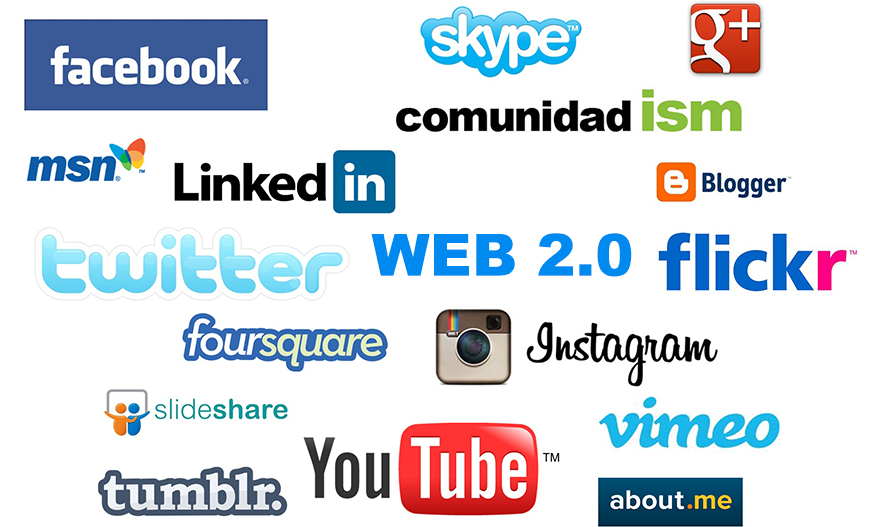
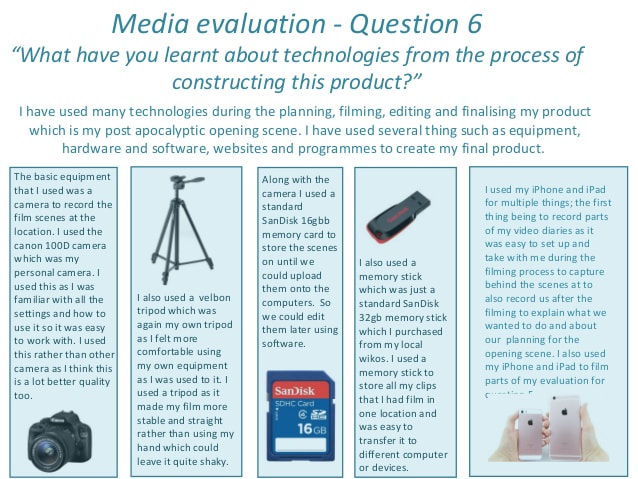
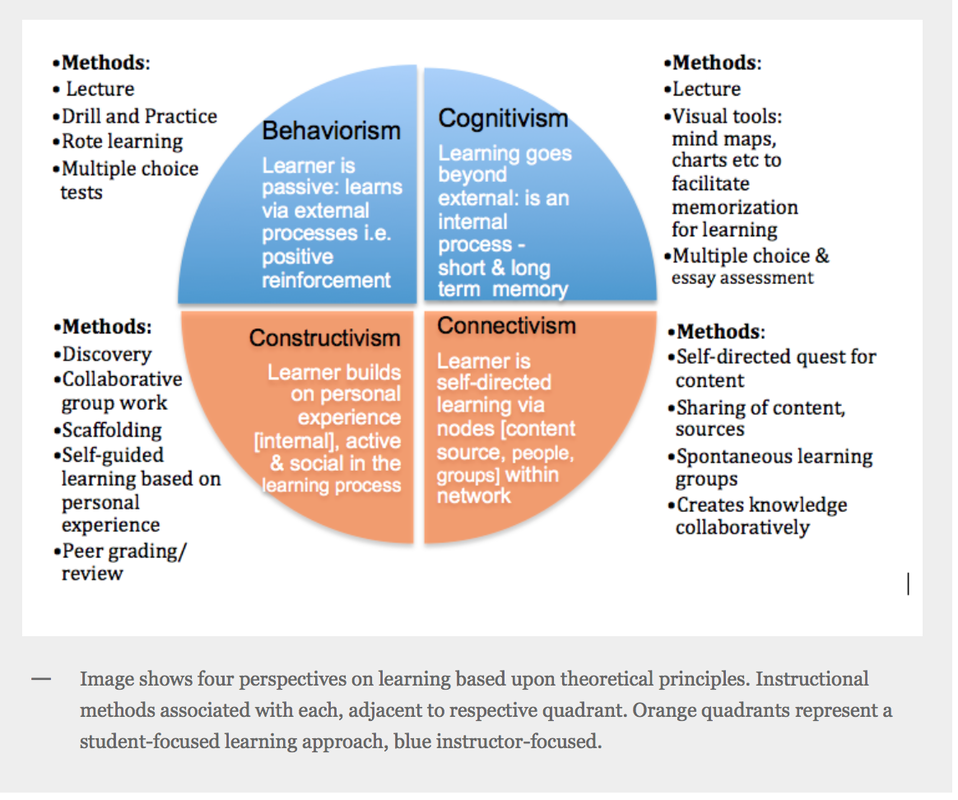
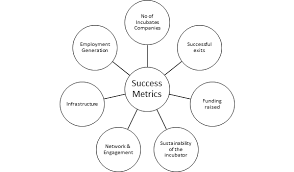
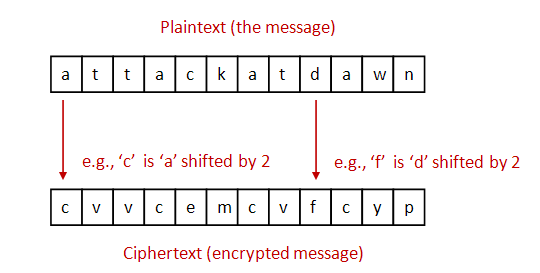
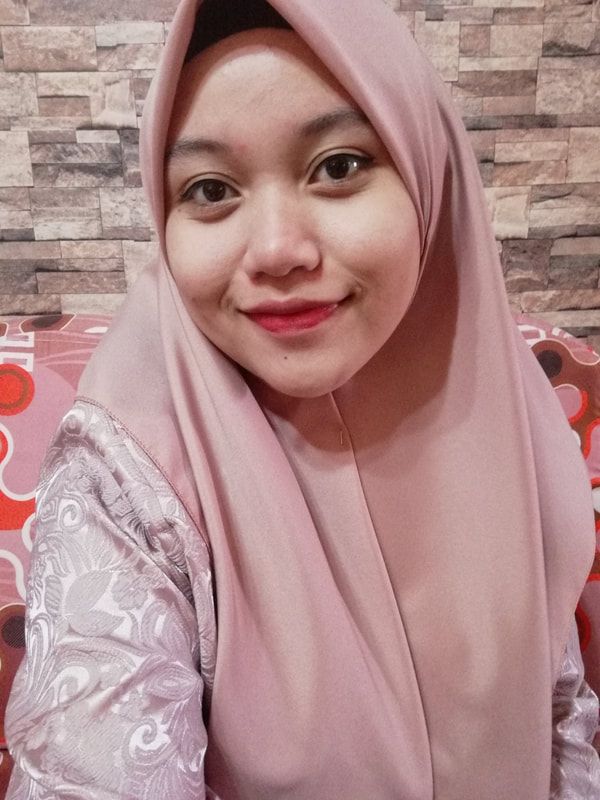
 RSS Feed
RSS Feed
